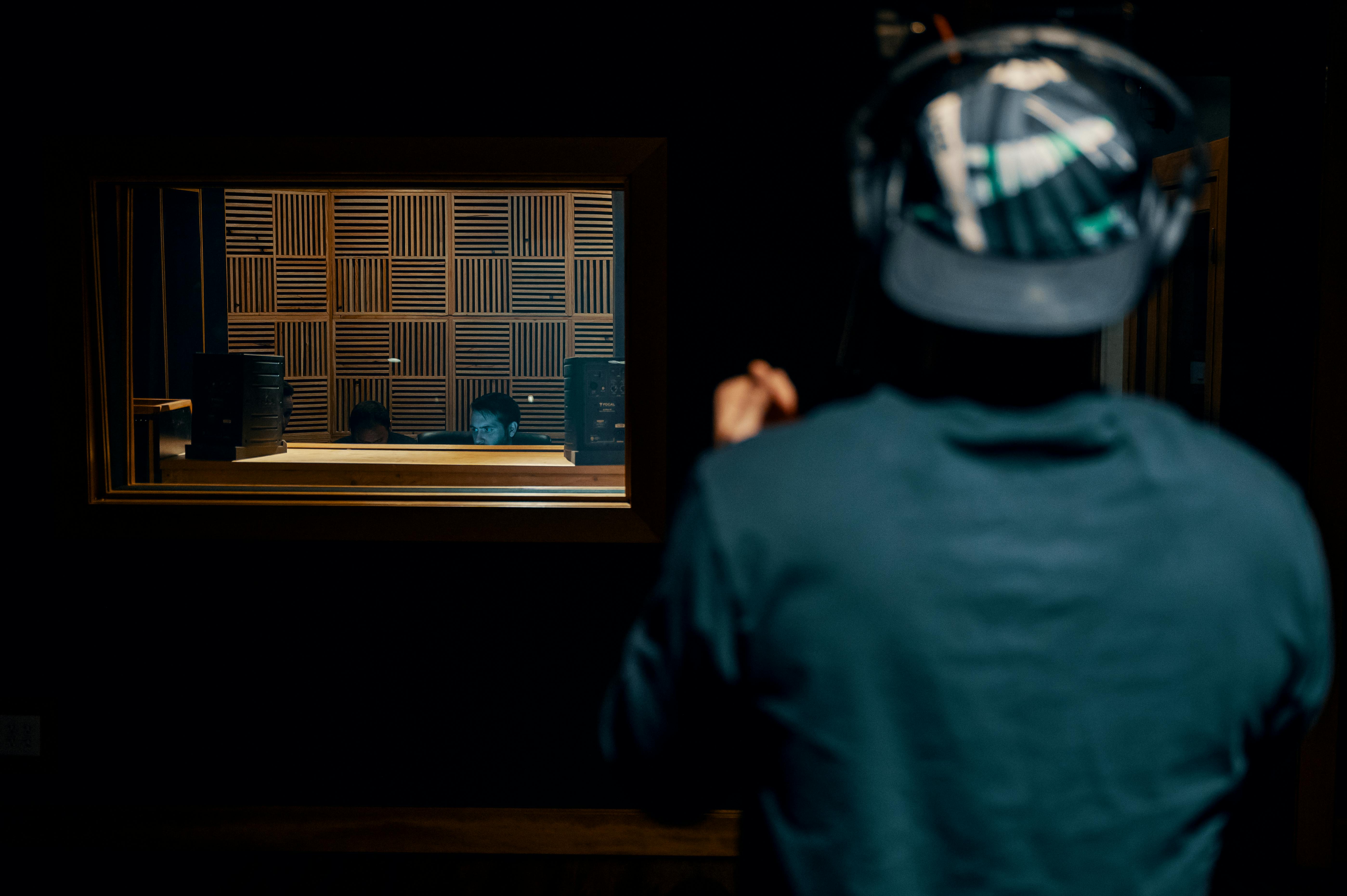Submit Music to Labels: A Beginner’s Guide to Success
by WriteSeen
To successfully submit music to labels, understanding the process is crucial for any musician seeking recognition. Navigating this journey can be daunting, but knowing the essential steps can transform challenges into opportunities.
We've developed a practical guide to help:
- Submit music to labels by mastering the art of demo preparation.
- Target your submissions to labels that resonate with your unique sound, increasing your chances of being noticed.
- Perfect the pitch to captivate industry experts right from the first interaction.
Understand the Submission Process: What Happens to Your Music
Submitting your music to a label is more than just hitting "send." It's a gateway to getting noticed, but do you know what actually happens when your demo arrives? Understanding this process will help you tailor your approach and boost your chances of standing out. Here’s what labels do:
- A&R Evaluation: Labels have teams dedicated to reviewing submissions. They look for originality and market potential. They’re also keen on how well you align with current trends and their artist roster.
- First Impressions Matter: The label will assess your existing following. A strong social media presence indicates potential audience reach.
- Analytical Scrutiny: With tools like streaming analytics, labels examine your current success and predict future marketability.
- Future Potential and Fit: Beyond the music, they consider your adaptability and long-term potential in an ever-shifting industry landscape.
Recognizing what labels seek means you can streamline your submission, making it easier for them to envision your integration into their label.
Preparing Your Music for Submission: Crafting the Perfect Demo
Getting your demo right is crucial. It's your calling card, your first hello—and you want it to be memorable for all the right reasons.
- Polished Presentation: Present your submission professionally. This includes a concise artist bio, eye-catching cover letter, and contact information that’s front and center.
- Recording Quality: High-quality recordings signal professionalism. They’re a testament to how seriously you take your craft.
- Track Selection: Choose 2-3 tracks that capture who you are as an artist. Balance between showcasing range and staying true to your sound.
- Engaging Visuals: Include a video or links to live sessions. This offers labels a glimpse of your performance ability and visual style.
Prepare with precision, because your demo is your introduction. It’s worth taking the time to make sure it shines.
Targeting the Right Labels: Finding Your Perfect Match
Finding the right label fit is key to your success. It’s about more than just getting someone to listen; it's about finding the right home for your music.
- Research and Relevance: Dive into label directories and music blogs to discover genre-specific labels.
- Recognize Lineage: Look at labels’ past and current acts. This can offer insight into whether there's a mutual fit in style and ethos.
- Consider Independents: Smaller, independent labels can be a great stepping stone, especially for niche genres, offering personalized support and creative freedom.
- Networking Opportunities: Engage in industry events and online forums. These are rich territories for connections that matter.
Choosing the right label doesn’t just elevate your music; it aligns you with opportunities that foster growth. Know where you fit and aim your efforts with intent.

Mastering the Art of the Pitch: How to Contact Labels
Your email pitch is the moment of truth—making a great first impression is everything. It’s not just about what you say, but how you say it.
- Personalize It: Mention why you and the label are a great match. Show you’ve done your homework.
- Professional Tone: Keep it clear, concise, and error-free. Respect their time and make every word count.
- Timing and Etiquette: Be strategic about when you send your pitch. Avoid busy industry periods to ensure better visibility.
- Call to Action: End your pitch with a clear invitation for them to engage—whether it’s to listen, watch, or contact you.
When crafting your pitch, remember: you have an opportunity to connect and convince. Nail it with clarity and conviction.
Creating a Professional Online Presence: Building Buzz Before Submission
Before your music even hits a label's inbox, your online presence is working on your behalf. It's where industry professionals, fans, and future collaborators evaluate your trajectory and commitment. Here’s how to bolster your digital footprint effectively:
- Consistent Activity: Stay visible on platforms relevant to your audience. Consistent, engaging posts keep your followers growing and engaged.
- Streaming and Exposure: Make sure your music is accessible on major streaming platforms. Seek out playlist placements to increase reach.
- Central Hub—Your Website: Maintain a professional website that showcases your music, biography, upcoming events, and media links.
- Smart Content Strategy: Use video content, behind-the-scenes clips, and regular updates to create a compelling artist narrative.
A professional online presence is your music’s silent promoter, highlighting your creativity and approachability. Keep it polished and proactive.

Handling Feedback and Rejections: Learning and Growing from Responses
Receiving feedback and facing rejection are part of the journey. Understanding this can transform setbacks into opportunities for growth:
- Perspective on Feedback: View feedback as a tool—it provides insight into industry perceptions and helps refine your craft.
- Turn Rejection into Resilience: Remember that everyone—from the biggest stars down—faces rejection. It’s a stepping stone, not a stop sign.
- Analyze and Improve: Use response patterns to guide future music production and submissions.
- Build Support Networks: Connect with peers who are also navigating the industry for support and constructive criticism.
Embrace feedback to evolve. With the right mindset, challenges become the foundation for future successes.
Persisting and Following Up: Maintaining Momentum in Your Music Journey
Persistence is key. Following up effectively keeps your submission alive without overstepping. Here’s how to do it without missing a beat:
- Express Gratitude: A simple thank-you note after a submission can leave a positive impact.
- Keep Organized: Track your submissions with a spreadsheet. It helps in planning follow-ups and strategizing future moves.
- Refresh and Resubmit: Periodically update your content—new releases and achievements can create new opportunities for re-engagement.
- Strategic New Releases: Keep the momentum with strategically timed music releases that maintain interest and visibility.
Keep pushing forward. Your persistence is an expression of your dedication and passion, signaling to the industry you’re here to stay.
Conclusion
To successfully submit music to labels, you need more than talent—you need strategy, professionalism, and persistence. From perfecting your demo and targeting the right labels to mastering the pitch and strengthening your online presence, every step plays a role in getting your music heard. The more intentional you are, the more likely your submission will resonate with the right people.
Rejections and feedback aren’t roadblocks—they're catalysts for growth. Keep refining, stay consistent, and let each interaction build toward your breakthrough moment. With smart follow-up and strategic releases, your efforts compound into long-term visibility and opportunity.
Want to showcase your music, connect with industry professionals, and grow your career with confidence? Join WriteSeen—a secure creative platform where musicians, producers, and collaborators come together to share, discover, and get seen.
TAGS